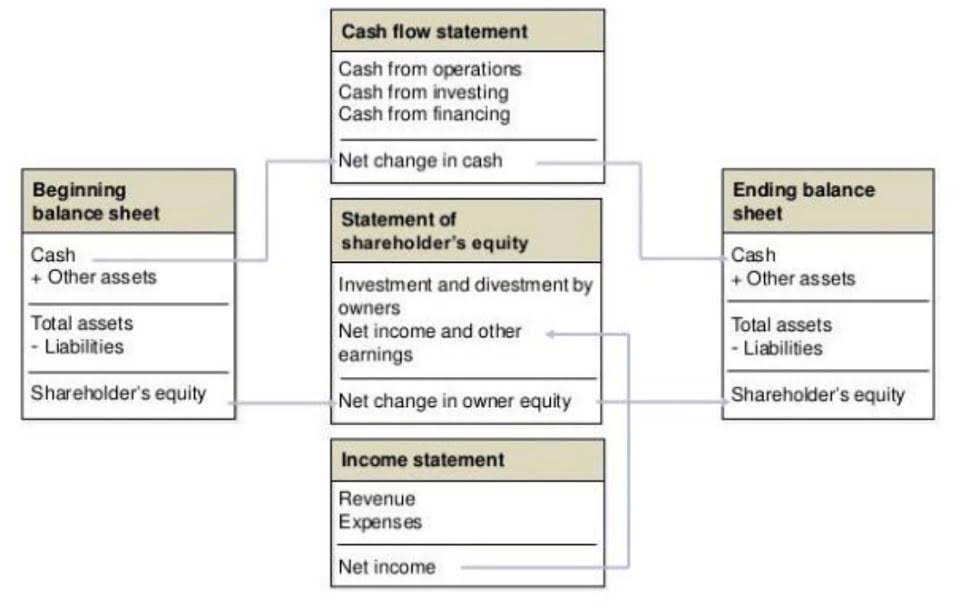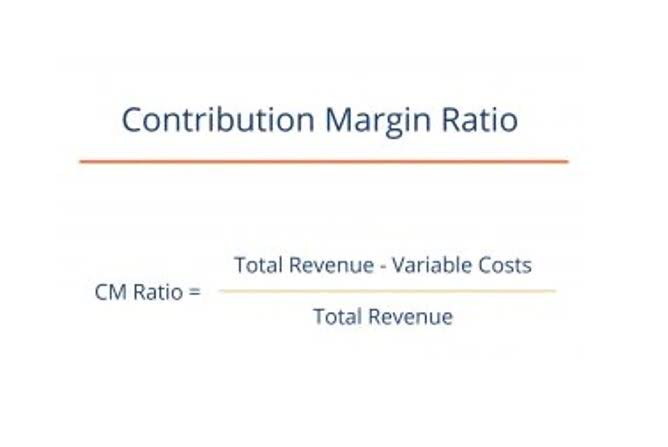
If the business absorbed more overheads than the actual overheads, then it is called over absorption and considered a profit for the business. If the business absorbs lower overheads as compared to actual overheads, then it is considered as under absorption and considered a loss for the business. In either case, the difference between absorbed overheads and actual overheads is adjusted in profits or losses of the business.

What is the Predetermined Overhead Rate Formula?

Overhead is then applied by multiplying the pre-determined overhead rate by the actual driver formula for predetermined overhead rate units. Any difference between applied overhead and the amount of overhead actually incurred is called over- or under-applied overhead. These overhead costs might include depreciation, indirect labor, rent, utilities, etc. By accurately identifying these costs, businesses can ensure they are pricing their products or services correctly and are maintaining an accurate picture of profitability. For example, overhead costs may be applied at a set rate based on the number of machine hours or labor hours required for the product.
Predetermined Overhead Rate (Definition, Example, Formula, and Calculation)
- Setting overhead budgets and benchmarks for each department also helps control spending.
- It is better to have a good estimate of costs when doing the work instead of waiting a long time for only a slightly more accurate number.
- This rate helps in determining the full cost of production, which is important for various financial and operational decisions.
- Similarly, the predetermined overhead rate allows a business to use consistent costing standards with its products.
- Direct costs are expenses traced to specific products like raw materials or direct labor.
- Sales of each product have been strong, and the total gross profit for each product is shown in Figure 6.7.
Learn a fundamental method for allocating indirect business expenses to products for informed financial decisions. Divide Bookkeeping vs. Accounting the estimated overhead by the estimated activity base to get the POR. If your overhead depends on multiple factors, consider activity-based costing. With POR, managers can keep prices steady, compare actual vs. expected costs, and make better decisions on the fly. Whether you’re running a small shop, bidding on contracts, or managing production in a larger firm, you’ll see why this tool matters. In this guide, I’ll show you the formula, how to pick the right base, and a few simple examples to make it click.
Analyzing Departmental Overhead Rates

Businesses often rely on historical data from previous periods, reviewing past budgets, and making future projections based on anticipated operational changes or economic conditions. For instance, a company might analyze utility bills from the past year, adjusting for expected changes in energy prices or production volume. The precision of this estimation significantly impacts the effectiveness of subsequent cost allocation and overall financial management. The company needs to use predetermined overhead rate to calculate the cost of goods sold and inventory balance. Cost of goods sold equal to the sales quantity multiply by the total cost per unit which include the overhead cost. We also use the same rate to calculate the inventory balance at the end of accounitng period.
- Hence, preliminary, company A could be the winner of the auction even though the labor hour used by company B is less, and units produced more only because its overhead rate is more than that of company A.
- This guide will delve into the steps to compute the predetermined overhead rate, explaining its importance for efficient budgeting and cost control in manufacturing.
- When you have several products that consume overhead differently, a single POR might not be accurate.
- Once the specific costs have been identified, the sum of all the costs is divided by revenue in the corresponding period.
- It’s widely used in manufacturing, construction, and service industries for budgeting and pricing.
- For instance, a company might analyze utility bills from the past year, adjusting for expected changes in energy prices or production volume.

The overhead will be allocated to https://dev-boys-sixstars.pantheonsite.io/gusto-login-access-payroll-hr-services-securely/ the product units at the rate of 10.00 for each machine hour used. The overhead is applied to the product units at the rate of 2.50 for each labor hour used. The differences between the actual overhead and the estimated predetermined overhead are set and adjusted at every year-end. Therefore, this predetermined overhead rate of 250 is used in the pricing of the new product.

